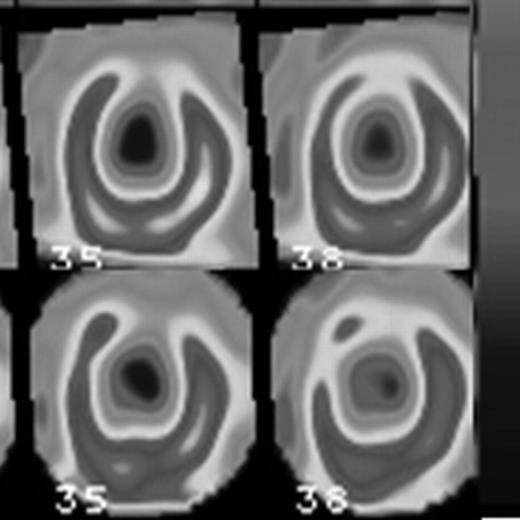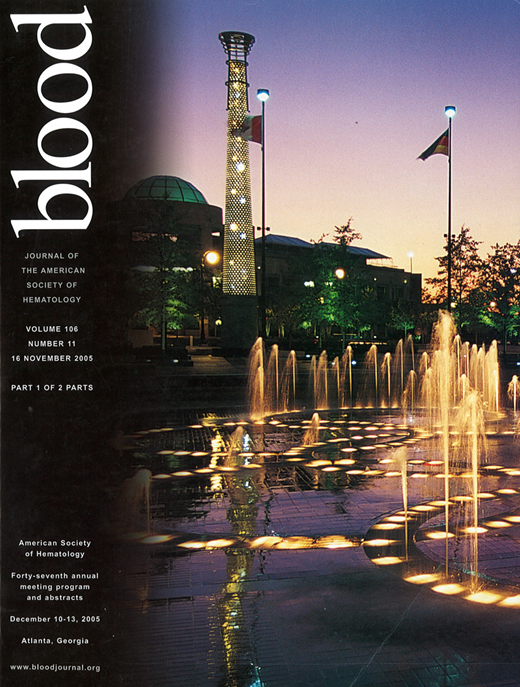Abstract
Introduction: ACMD disease accounts for 50% of all cardiovascular deaths and is the leading cause of congestive heart failure as well as premature permanent disability in workers. Unfortunately no medication or procedure has shown efficacy in replacing myocardial tissue or neovascularization. Some clinical human trials indicate that ABMC transplantation improves cardiac function and is feasible, safe and beneficial. We report the first experience in Colombia with this type of therapy
Methodology: This is the six months follow-up of 15 patients 23 - 60 years-old, 10M/5F with: A. an extensive, viability absence, acute myocardial infarction of anterior myocardial wall, 10 patients, with ejection fraction ≤ 40% that received standard postinfarction medical treatment, successful coronary percutaneous intervention and after intracoronary transfer of G-CSF mobilized ABMC, CD34 range 15–20 in millions. B. Five patients with chronic coronary heart disease and/or severe ischemic heart failure without option for standard revascularization therapies recibed epicardic implantation of G-SCF mobilized ABMC, CD34 range 14.5–19 in millions.
Results: It was demonstrated in both groups:
improvement in the mean ejection fraction from 29.44±3.36% before to 45±14,97% (p<0.001) after six months
the exercise capacity increased in meaningful form evidenced by mean increase in the six minutes test from 295.07±66.04ms before to 648.4±93.15 ms after six months (p<0.001), the treadmill exercise time and the functional capacity in Mets from a mean of 4,8±1.02 before to 12.8±2.59 (p<0.001).
there were significant changes in the myocardial perfusion at six months follow-up by nuclear images at diagnosis
and 6 months later
There were no presented complications related to the Cellular Transplant or the utilization of the G-CSF.
Conclusions: This is the first experience in Colombia with stem cells for intracoronary and epicardic cardiomyoplasty in acute and chronic coronary heart disease. It was observed functional recovery of the left ventricle, improvement in the exercise capacity without adverse effects or complications related to this therapy. In patients with ACMD, treatment with G-CSF to mobilize ABMC is feasible and safe and seems to be effective under clinical conditions. The therapeutic effect might be attributed to ABMC-associated promotion of myocardial regeneration and neovascularization.
Author notes
Corresponding author



